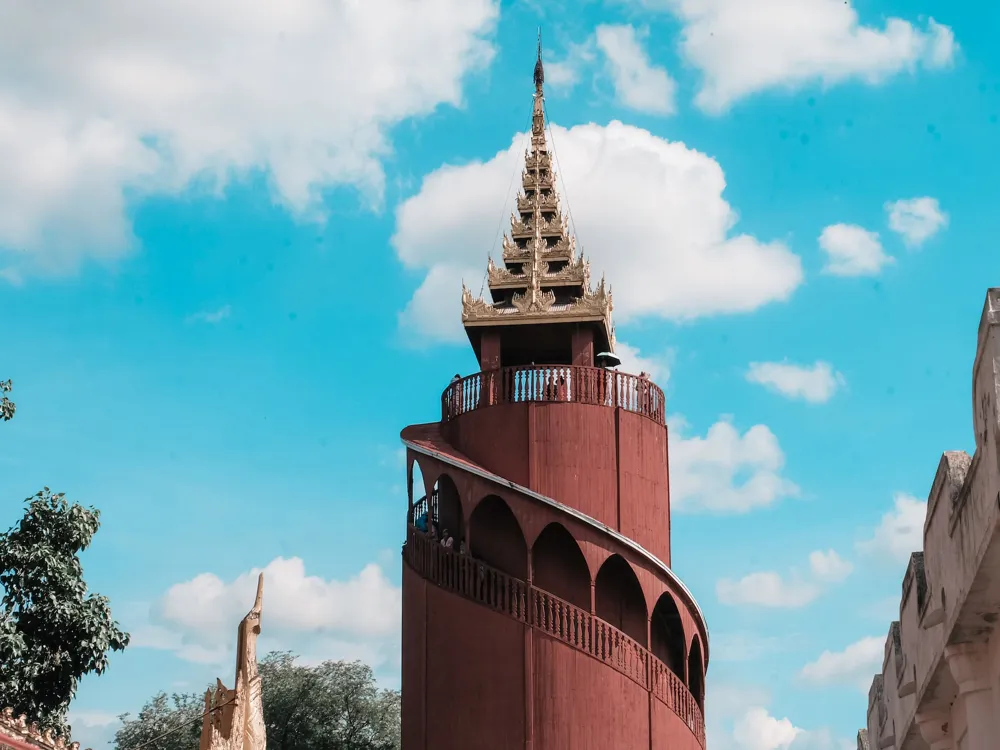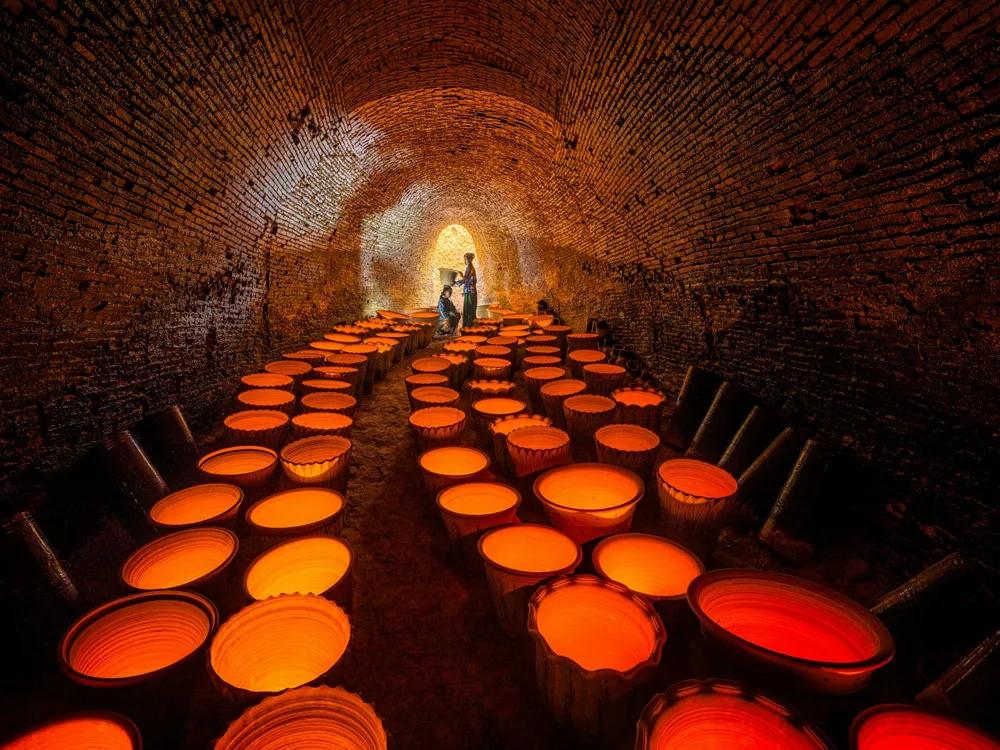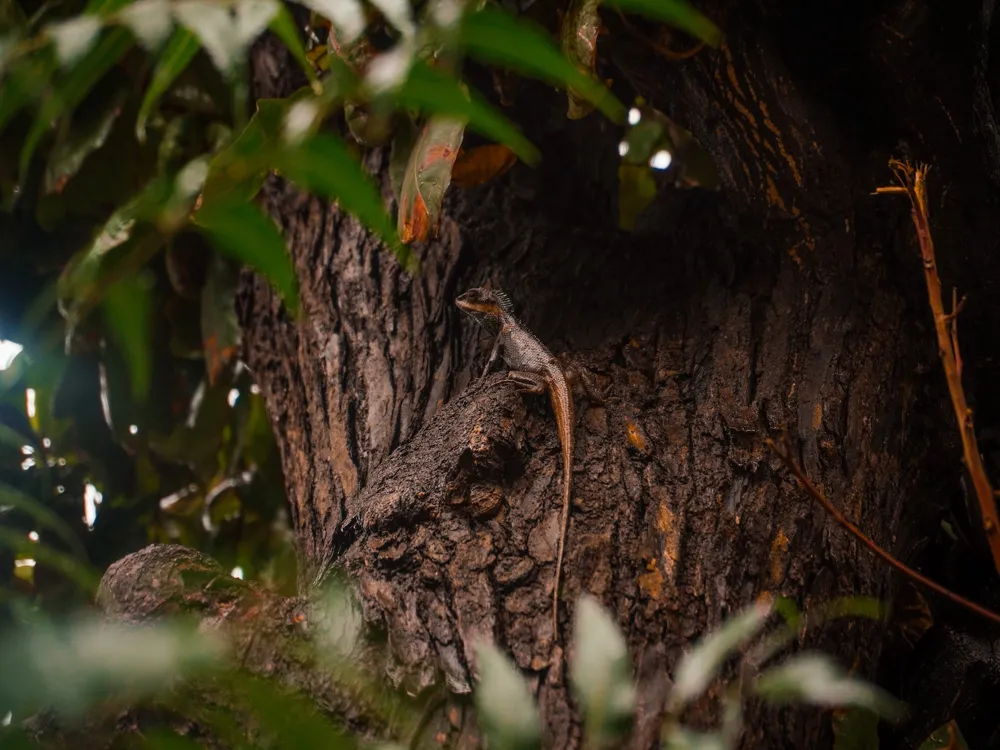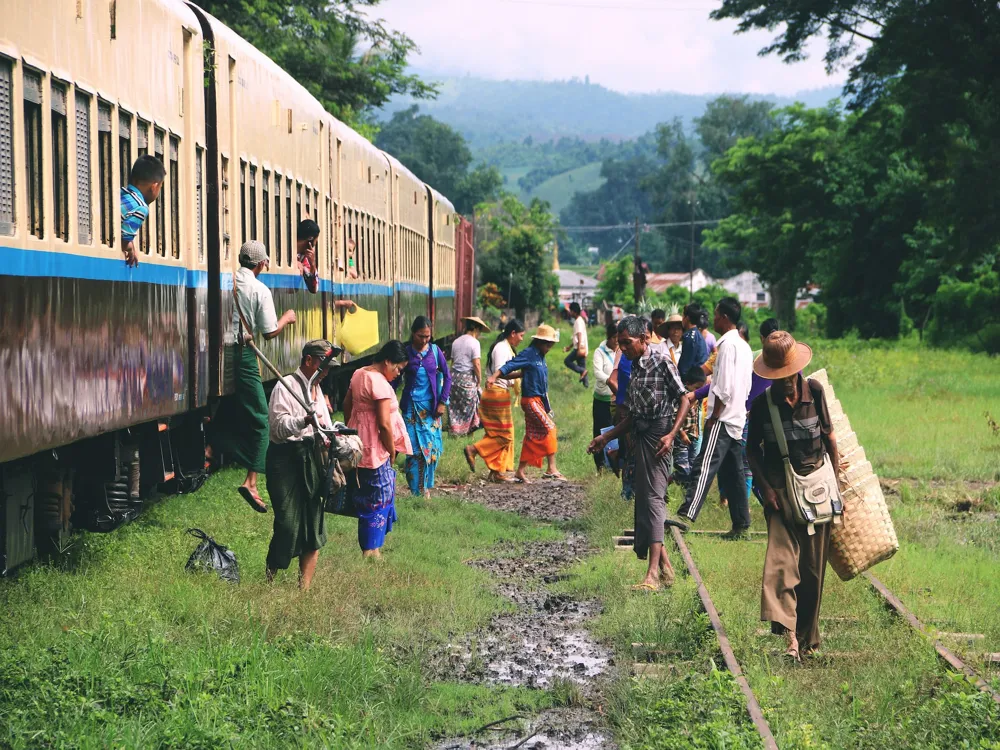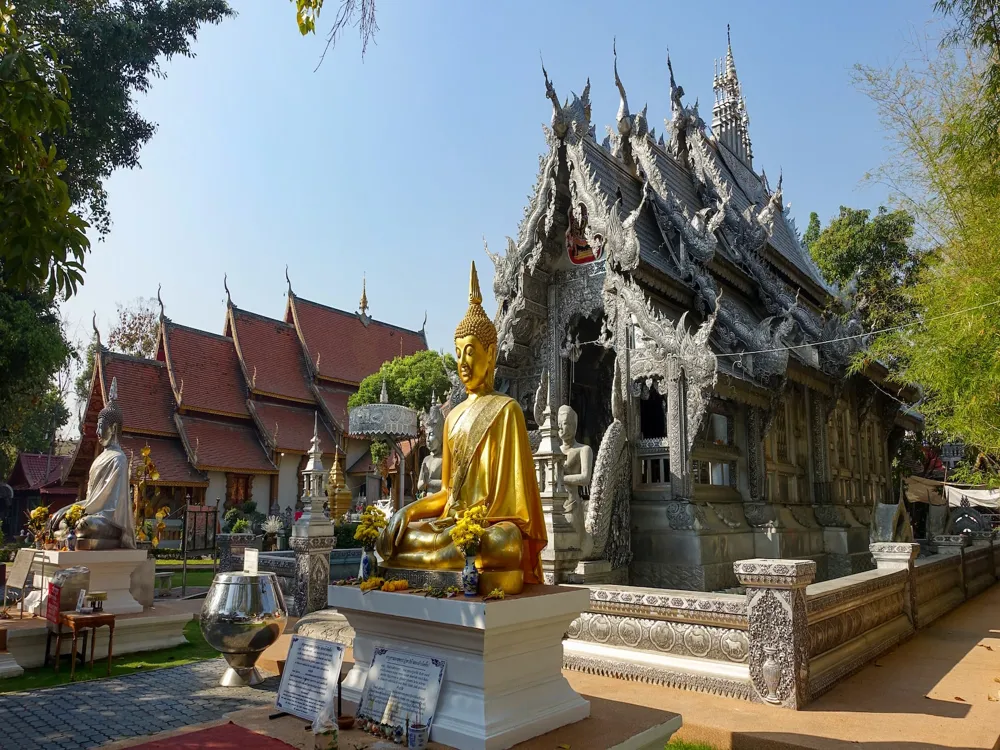Bagan, an ancient city located in the Mandalay Region of Myanmar, is a mesmerizing testament to architectural brilliance and historical significance. Once the capital of the Pagan Kingdom, Bagan played a central role in the development of Burmese culture and Buddhism in the region. This historical gem, dating back to the 9th century, is renowned for its panoramic landscape adorned with over 2,000 Buddhist temples, pagodas, and monasteries.
The city's layout, strategically positioned along the banks of the Ayeyarwady River, facilitated significant trade and cultural exchange. Bagan's architecture is a unique blend of local Burmese, Indian, and Mon styles, reflecting the diverse influences that shaped its history. The city's religious and cultural evolution over the centuries is evident in its varied architectural designs, ranging from simple stupas to elaborate temples.
The evolution of Bagan's architectural styles is a tale of religious devotion and artistic endeavor. Early structures were primarily built using bricks and stucco, showcasing frescoes and intricate carvings. As Bagan's economic and cultural influence grew, so did the grandeur of its constructions. The 11th and 12th centuries witnessed the rise of larger and more sophisticated temples, characterized by soaring stupas, intricate murals, and Jataka tales depicted in stone and frescoes.
Despite centuries of natural disasters and historical upheavals, Bagan remains a testament to the skill and dedication of its ancient builders. The city's resilience and enduring beauty make it not just a historical site, but a living museum, offering a window into the past and a source of national pride for Myanmar.
The architecture of Bagan is a magnificent display of artistic and engineering prowess that flourished between the 9th and 13th centuries. The structures within Bagan are distinguished by their size, shape, and decorative elements, revealing a timeline of architectural evolution. The city's temples, pagodas, and stupas are categorized into several types, each reflecting a specific period and style.
The early Bagan period (9th to 11th century) saw the construction of stupas and temples influenced by Mon and Indian designs. These structures, such as the Bupaya Pagoda, were characterized by their bulbous, gourd-shaped domes. The interior walls of many temples from this era were adorned with frescoes and murals depicting Buddhist teachings and Jataka tales.
The transition to the Middle Bagan period (11th to 13th century) marked a shift towards more intricate and grandiose structures. The Ananda Temple, a pinnacle of Bagan architecture, features a fusion of Mon and Indian styles with a unique Burmese twist. This period witnessed the introduction of the gu-style temple—a large, cave-like structure housing a central Buddha statue.
The Late Bagan period (13th century onwards) introduced more complex architectural elements, such as the Myazedi inscription, which is crucial for understanding the Burmese script. During this era, the focus shifted towards smaller, more intricate temples and the widespread use of glazed tiles for decoration.
Bagan's architectural heritage is not only an exhibit of religious devotion but also a reflection of the social, political, and technological advancements of its time. Its enduring structures continue to provide invaluable insights into the artistic and cultural achievements of ancient Myanmar.
The ideal time to visit Bagan is between November and February when the weather is cooler and more comfortable for exploring the outdoor sites. Avoid the rainy season from June to October, as heavy rains can make travel challenging.
Dress conservatively when visiting temples and pagodas. It's respectful to wear clothes that cover shoulders and knees. Removing shoes and socks before entering religious sites is a must, as it shows respect for the local culture and traditions.
Bagan can be explored by e-bike, bicycle, horse-cart, or car. E-bikes are a popular and environmentally friendly way to navigate between the temples. Local guides and tours are available for those who prefer a more structured exploration.
Bagan offers a range of accommodations, from budget guesthouses to luxury resorts. Staying in Old Bagan or Nyaung U gives easy access to major temples and local markets.
Don't miss trying local Burmese cuisine, which is a delightful blend of flavors and influences from neighboring countries. Local tea houses and restaurants offer traditional dishes that are both delicious and affordable.
Bagan is accessible by air, road, and river. The nearest airport is Nyaung U, offering flights from major cities like Yangon and Mandalay. Overland, comfortable buses and private taxis connect Bagan with other major cities. For a scenic route, opt for a river cruise on the Ayeyarwady River from Mandalay to Bagan.
Overview of Bagan
Architecture of Bagan
Tips When Visiting Bagan
Best Time to Visit
Dress Code and Etiquette
Transportation Options
Accommodation Choices
Local Cuisine
How To Reach Bagan
Shwezigon Pagoda
Bagan
NaN onwards
View bagan Packages
Weather :
Tags : Buddhist Temple
Timings : 8 AM to 5 PM
Ticket details : MMK 15,000. The entry is a part of the Archaeological Zone combo ticket. Passport required for foreign travelers.
Planning a Trip? Ask Your Question
Bagan Travel Packages
View All Packages For Bagan
Top Hotel Collections for Bagan

Private Pool

Luxury Hotels

5-Star Hotels

Pet Friendly
Top Hotels Near Bagan
Other Top Ranking Places In Bagan
View All Places To Visit In bagan
View bagan Packages
Weather :
Tags : Buddhist Temple
Timings : 8 AM to 5 PM
Ticket details : MMK 15,000. The entry is a part of the Archaeological Zone combo ticket. Passport required for foreign travelers.
Planning a Trip? Ask Your Question
Bagan Travel Packages
View All Packages For Bagan
Top Hotel Collections for Bagan

Private Pool

Luxury Hotels

5-Star Hotels

Pet Friendly













